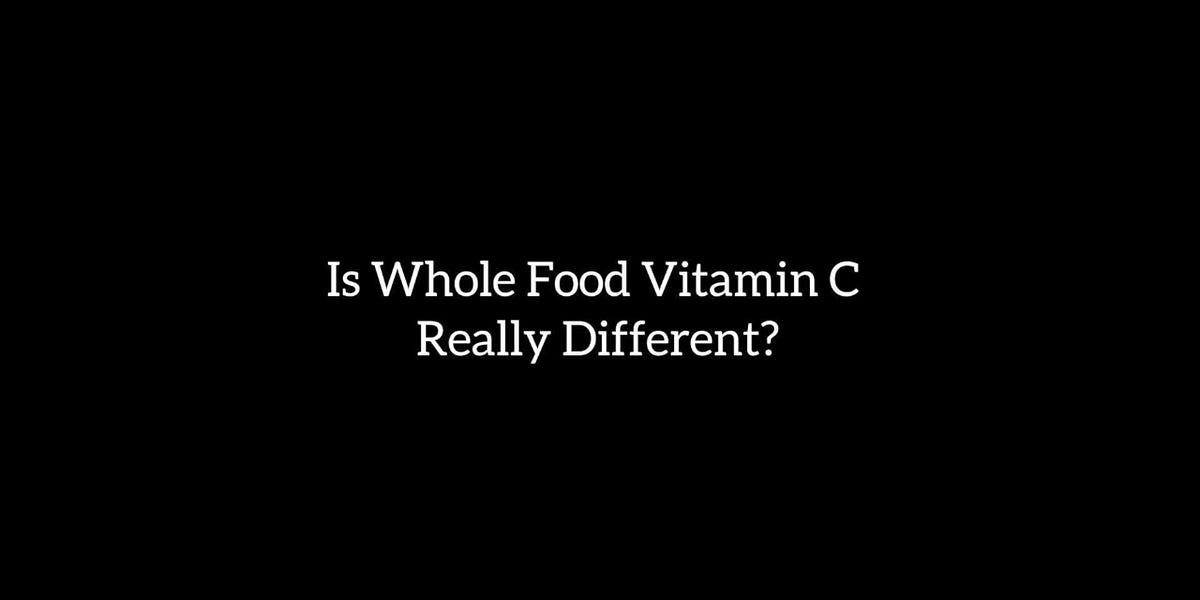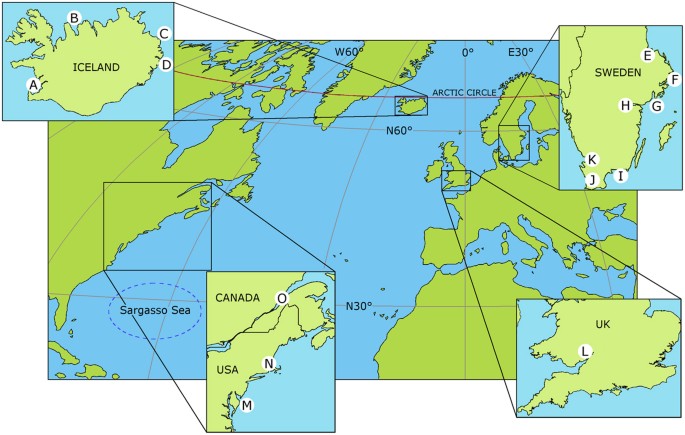YourUniverse
Member
I was concerned that citric acid interferes with thiamine in some wayI like to eat oranges as my main source of B1. Assuming wikipedia is correct, 100g of orange has 0.087mg of B1. Assuming the target is 1.1-1.2mg p/day, if you were aiming to get all your B1 from a single source (unlikely), that is 1.3kg of oranges p/day.
Oranges are cheap and available all year round where I live. I find them tasty and they have other benefits as discussed on the forums. Since B1 is heat sensitive, usually you'll lose some B1 in other foods that are cooked. Oranges are eaten raw - so no B1 loss. No anti-nutrients in fruit - so absorption isn't going to be inhibited. It wouldn't surprise me that if you got the bulk of your B1 from oranges that the rda is effectively lower.
The main risk here would be if you get an excess of a nutrient from this amount of oranges. The likely culprit would be vitamin c. There is some risk it could interfere with copper absorption, or that it de-loads copper from ceruloplasmin. Chris Masterjohn explains below. You could mitigate this risk by having slightly fewer oranges p/day.

Is Whole Food Vitamin C Really Different?
Q&A Files #330 Early Release Videochrismasterjohnphd.substack.com




